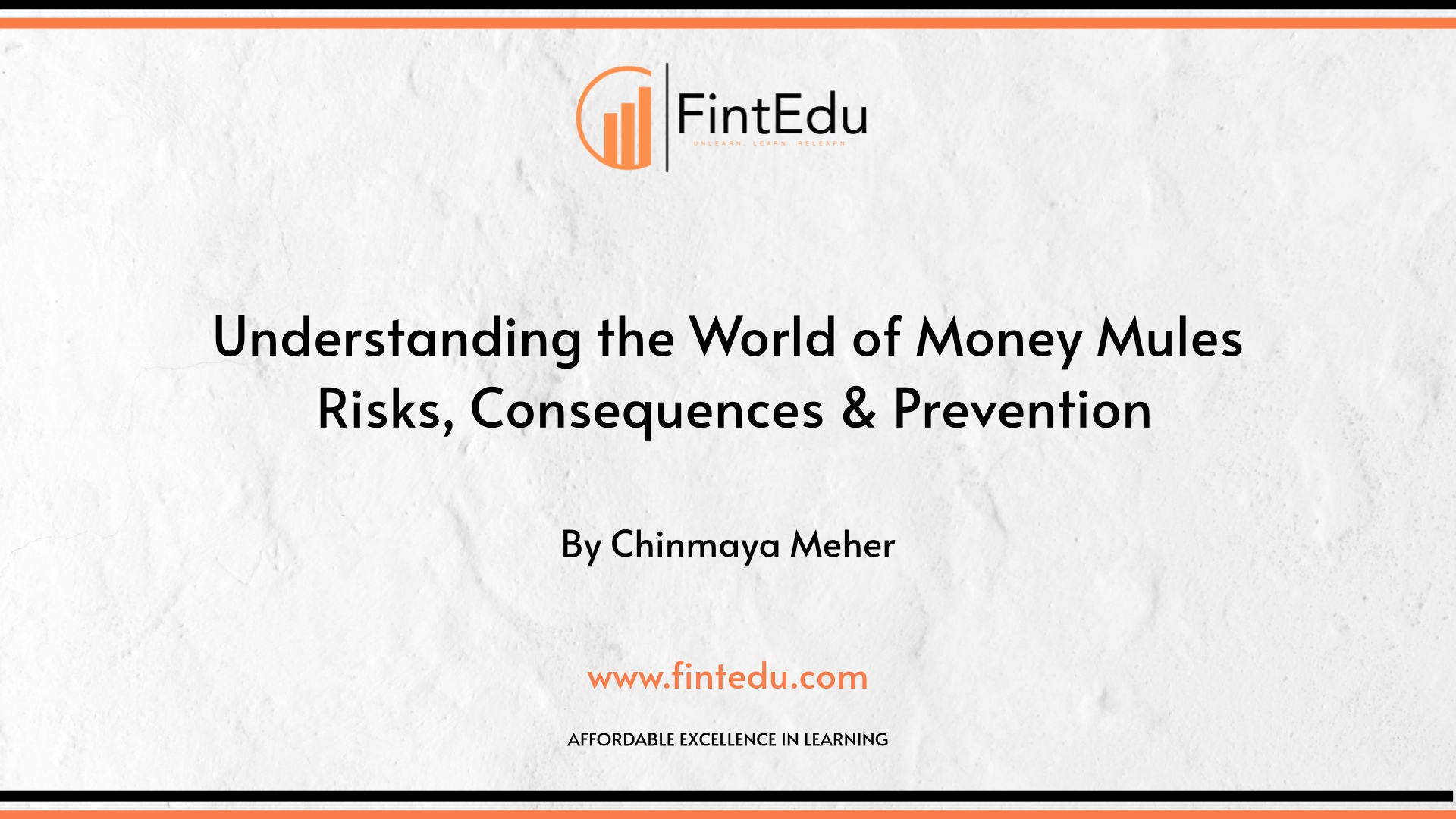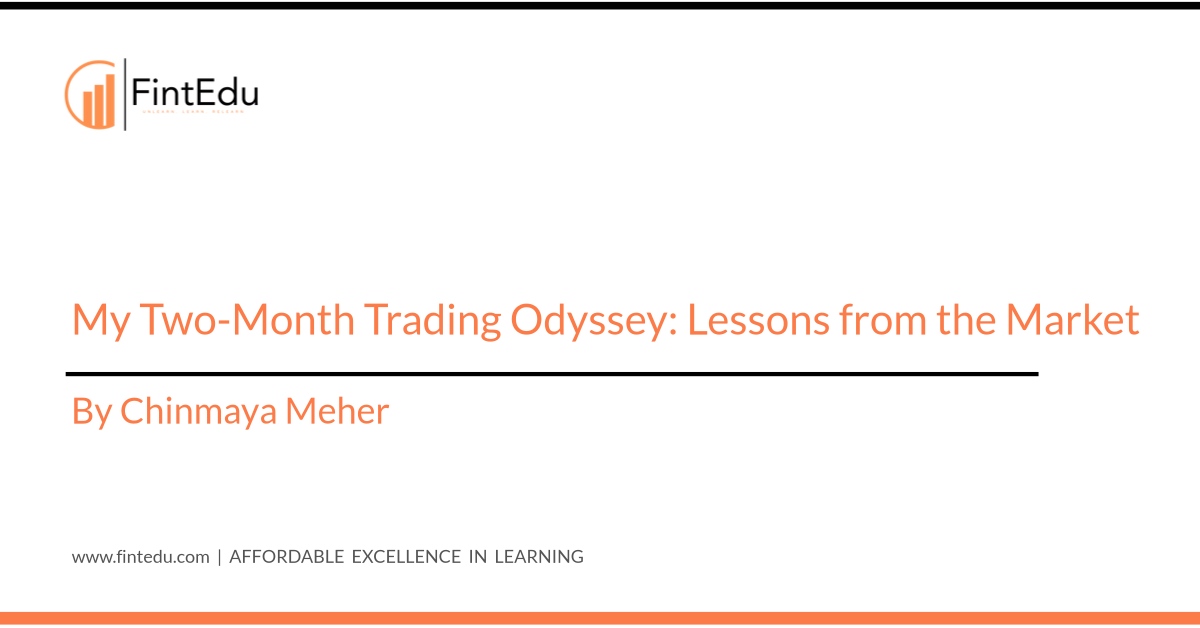As global illicit finance networks become more sophisticated, few jurisdictions face the challenges and opportunities that the UAE does. Positioned at the confluence of international trade, finance, and digital innovation, the UAE offers immense potential for economic growth. But its openness also creates vulnerabilities.
In its 2024 National Risk Assessment (NRA) and supporting threat assessments, the UAE delivers a candid self-reflection on how money laundering (ML) threats are evolving not just in form, but in scale, speed, and sophistication.
Fraud and Drug Trafficking: Still Top of the Threat Chart
These remain the dominant ML threats identified by the UAE. But what’s striking isn’t just the volume, it’s the tech-enabled evolution of these crimes. Criminals now leverage:
Encrypted messaging apps and burner phones
Dark web marketplaces
Smurfing techniques using networks of low-volume transfers
And increasingly, local associates with clean profiles
These proceeds are laundered through cash-intensive businesses, property transactions, and layered bank transfers, often managed by professional money laundering networks.
Rising Risks: From Gold to Governance
The medium-high risk category brings its own complexity:
Product piracy and counterfeit goods facilitated by re-export loopholes and limited inspection regimes
Cash and gold smuggling, often embedded within informal value transfer systems
Tax evasion and foreign corruption, especially from politically exposed persons (PEPs) abusing the UAE’s access to formal banking infrastructure
Currency counterfeiting and forgery low-tech, but still impactful, especially when combined with cross-border mule activity
What’s clear is that criminals aren’t sticking to one method they’re converging tactics, combining trade abuse, digital manipulation, and physical smuggling.
Third-Party Red Flags: More Than Meets the Eye
The UAE’s NRA doesn’t operate in a vacuum. Insights from FATF, the UN, and global enforcement bodies reveal additional cross-border threats:
Human trafficking remains a financing concern, particularly when proceeds enter mainstream channels
Environmental crimes including illegal dumping and wildlife trafficking are growing financial crime fronts
Cyber-enabled fraud has surged, often targeting the region’s digital finance infrastructure
Proliferation financing risks, while low-volume, carry high-impact implications for national and international security
These threats highlight how important inter-agency intelligence sharing and international cooperation have become not just for enforcement, but for early detection and strategic prevention.
Strategic Implications: How AML Programs Must Respond
The clear takeaway? AML programs must shift from static compliance postures to dynamic, intelligence-led strategies. That means:
Continuous typology updates based on real threats
Cross-sectoral coordination banks, DNFBPs, fintechs, regulators working as one fabric
Investment in analytics that connect the dots across transaction behavior, trade flows, and digital assets
And stronger governance that doesn’t just review reports but questions purpose, intent, and the story behind the data
Final Reflection: From Awareness to Action
The 2024 threat assessment signals not just recognition, but resolve. As criminals adapt and digitize, institutions must respond faster, think broader, and collaborate deeper.
Because if we’ve learned anything from the patterns of fraud, smuggling, and shell company abuse, it’s that financial crime isn’t just hiding in the shadows anymore. It’s disguised in plain sight.
The good news? So are the answers.
Disclaimer: Content posted is for informational and knowledge sharing purposes only, and is not intended to be a substitute for professional advice related to tax, finance or accounting. The view/interpretation of the publisher is based on the available Law, guidelines and information. Each reader should take due professional care before you act after reading the contents of that article/post. No warranty whatsoever is made that any of the articles are accurate and is not intended to provide, and should not be relied on for tax or accounting advice.
Contributor
Related Posts

@@PLUGINFILE@@/Understanding%20the%20World%20of%20Money%20Mules%20Risks%2C%20Consequences%2C%20and...
Read More
@@PLUGINFILE@@/My%20Two-Month%20Trading%20Odyssey%20Lessons%20from%20the%20Market.mp3 &nb...
Read More
@@PLUGINFILE@@/Economic%20Sanctions%20in%20the%20Bipolar%20World%20of%20SWIFT%20%20Upcoming%20...
Read More
